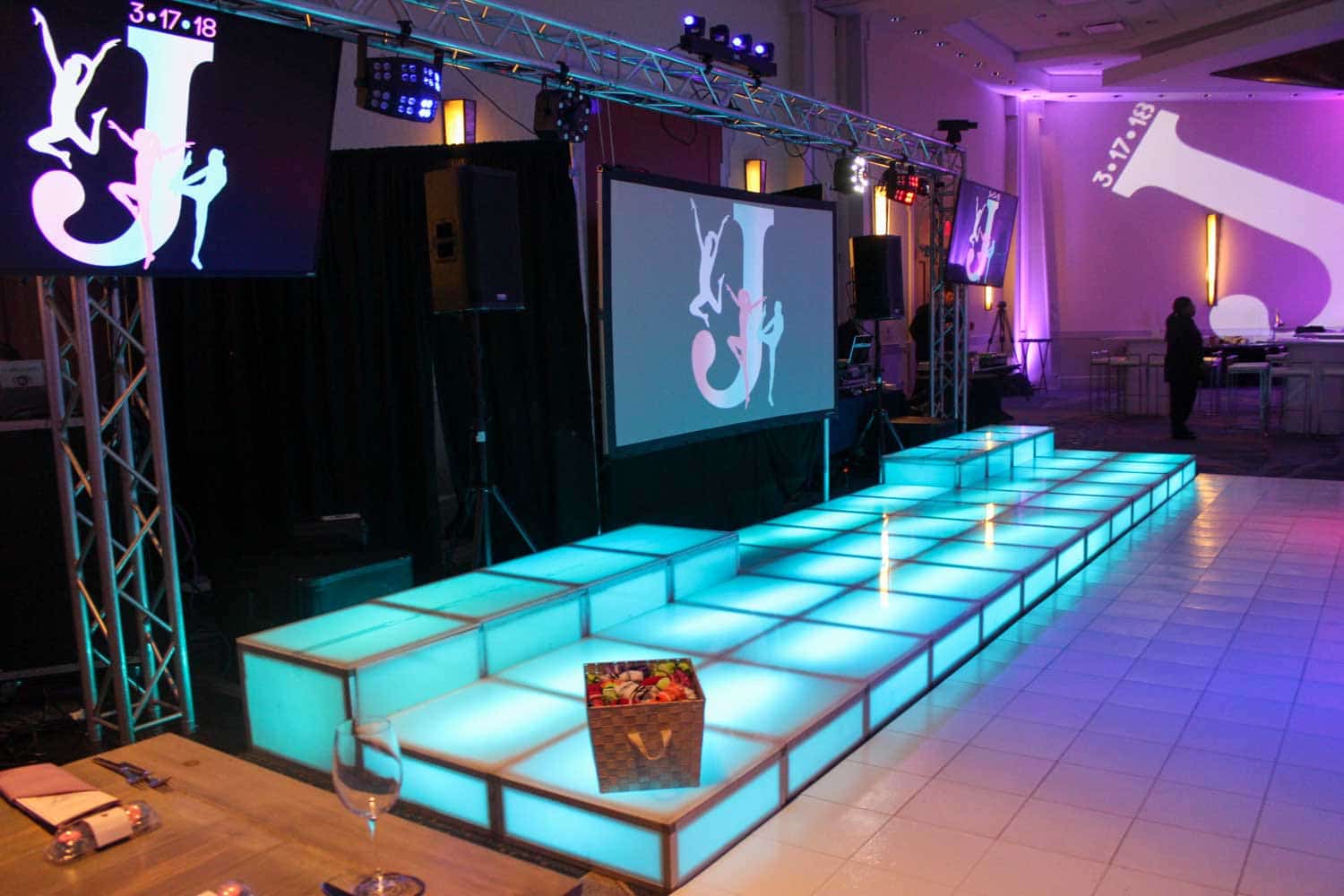Exploring the Diverse Integration Options Offered for LED Display Panels
Exploring the Diverse Integration Options Offered for LED Display Panels
Blog Article
LED display units have secured traction for their ability to deliver high-quality visuals in various settings, from corporate environments to event venues. One of the primary aspects of these panels is their connectivity capabilities, which allow users to connect them to multiple devices and systems. Comprehending the broad connectivity options supported for LED wall panels is essential for maximizing their use and effectiveness. This article explores these features, highlighting how they can cater to various needs and preferences.
One frequent connection method for Light Emitting Diode wall panels is HDMI. High-Definition Multimedia Interface is broadly recognized for delivering crisp video and audio signals between devices. This interface type is especially useful in commercial settings, such as conference rooms or classrooms, where presentations or video content are often displayed. By using HDMI cables, users can seamlessly connect laptops, projectors, and streaming equipment to LED wall panels, ensuring a clear and dynamic presentation of information.
Another popular interface method is DisplayPort, which is similar to High-Definition Multimedia Interface but offers enhanced advantages. Display Port can support higher refresh rates and display outputs, making it an ideal choice for gaming or graphic-intensive applications. For those deploying Light Emitting Diode wall panels in environments where output quality is essential, such as esports arenas or creative workspaces, Display Port can provide the necessary visual quality. Moreover, many contemporary computers and graphics cards include DisplayPort connections, making it a convenient solution for technology-oriented professionals.
In addition to HDMI and Display Port, cordless transmission methods are becoming progressively common in LED wall panel solutions. Wireless connections allow operators to share content without the requirement for physical cables, promoting a streamlined and more adaptable setup. Platforms such as Wi-Fi and Bluetooth enable users to link smartphones, tablets, and laptops seamlessly to Luminescent Diode wall panels without cumbersome wires. This convenience is especially advantageous in dynamic settings like trade shows or events, where quick changes to displays are often needed.
For extensive deployments or more complex setups, LAN integration through Ethernet is another viable solution. view website Ethernet connections provide a stable and reliable way to connect multiple LED wall panels within a network. This approach is ideal for electronic display use cases found in retail centers or transport hubs, where multiple panels may navigate to this website need to present coordinated content across a broad area. By using network cabling and routing hardware, users can guarantee that all linked panels receive uniform data and information seamlessly.
Lastly, it's important to consider the future of interface technology with advancements such as Universal Serial Bus-C and Thunderbolt 3. These next-generation interfaces offer increased data transfer speeds and versatility by allowing one cable to handle both power delivery and data transmission. As more systems incorporate these protocols, LED wall panels equipped with Type-C ports will likely become more common. This evolution in connectivity not only enhances the capabilities of Luminescent Diode wall panels but also aligns with the growing trend of minimalism in hardware arrangements by minimizing the number of wires required.
In summary, examining the broad interface methods accessible for LED wall panels reveals many possibilities for users across various fields. From traditional methods like HDMI and DisplayPort to contemporary cordless solutions and network connections, each option serves specific functions suited to distinct needs. Additionally, emerging technologies like USB-C offer further advancements in how professionals utilize LED wall panels. By grasping these integration alternatives, individuals can make informed decisions that enhance their overall experience with these versatile display tools.